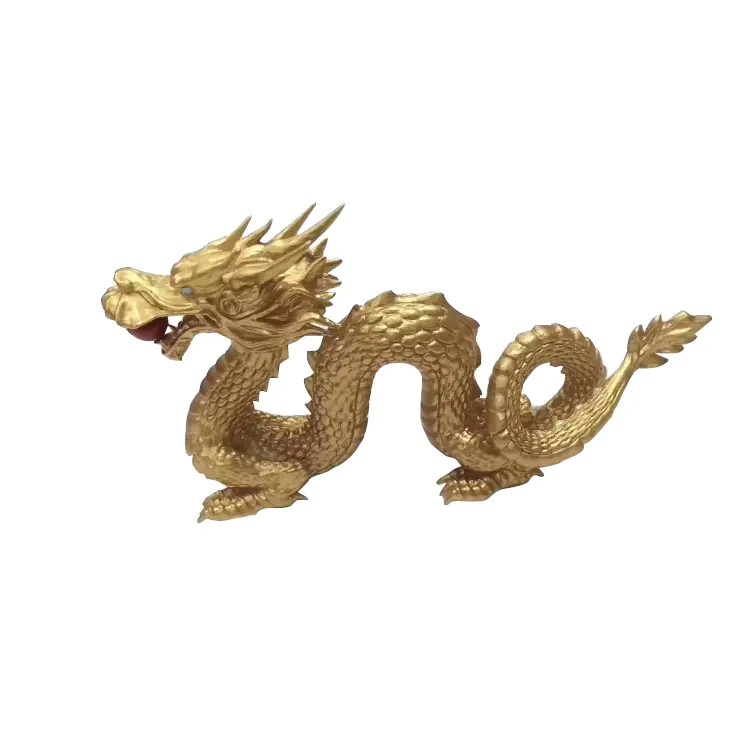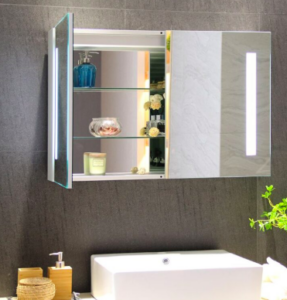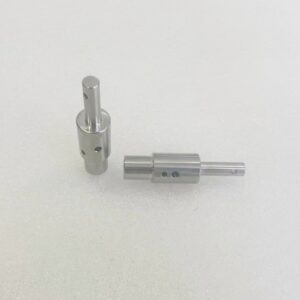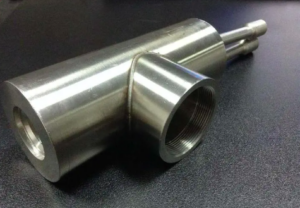Table of Contents
ToggleWhy use 3D parts printing?
3D printing technology has become popular and is widely used today. Though its background dates back to the 1980s when it was highly priced and immature in technology, it’s now one the most skilled and accurate technology to rely on. 3D parts printing has become so popular that many industries have embraced this addictive technology.
Adding 3D printing to your project will be a big difference.
With 3D printing, prototypes and concepts are printed in hours with various iterations produced cheaply and quickly. There are various ways in which 3D parts printing can help improve productivity, offer quick turnarounds, and be about competitive edge.
5 Key Applications of 3D Parts Printing
- Product development: Though it’s vital to get your products to market quickly, rushing can result in mistakes. Meaning, that customers’ expectations won’t be met. 3D printers enable you to test iterations cost-effectively, quickly, easily adjust designs, and fine-tune the products in hours. With 3D printing, there are various concepts that you can select from in the early stages. It also makes it simple to assess the new product’s shape, size, and proportions. Additionally, 3D printing offers functional prototyping and makes it easy to appraise visual appearance.
- End-use parts: 3D part printing can produce low-volume and customized end-use parts. 3D printing allows companies to avoid the risks of mass production in the early stages. By running small batches of parts, many unknown problems can be discovered in the prototype stage, providing companies with great flexibility in mass production. In this way, manufacturers and product companies can provide customers with a one-stop variety of services. Additionally, 3D end-use part printing complements your business by creating customized one-off parts that can be manufactured to eliminate supply chain and purchasing processes, including low-volume production and dispersed manufacturers, allowing customers to have immediate access to products.
- Manufacturing: Production efficiency is essential to any business, and 3D parts printing made it simple for manufacturing companies. It helps produce fixtures, jigs, and other tooling quickly. Therefore, it results in less variation during fitting and assembly, a smoother production process, and faster machine set-up.

- Medical: 3D models are vital in the medical field as medical professionals can quickly identify the patient’s problem before performing a procedure. Meaning patients under anesthetic will take less time, and also there will be cost reduction for operation. Other benefits of 3D parts printing in medicine include improved surgical planning, better patient communication, easy access to medical instruments, and practical clinical training.
- Architecture: Nothing is more challenging than conveying a complex architectural idea to clients. With 3D printing, it’s easy to evaluate early design, complicated ideas communicated, and showcase architectural concepts with ease. In addition, 3D printing helps in the easy production of concept models, better presentations, massing studies, and master plan creation.
Bottom Line
3D part printing is improving manufacturing processes, driving innovation and helping develop new business models. An industrial additive manufacturing strategy is needed as further advancements are needed to help accelerate this technology.
0


